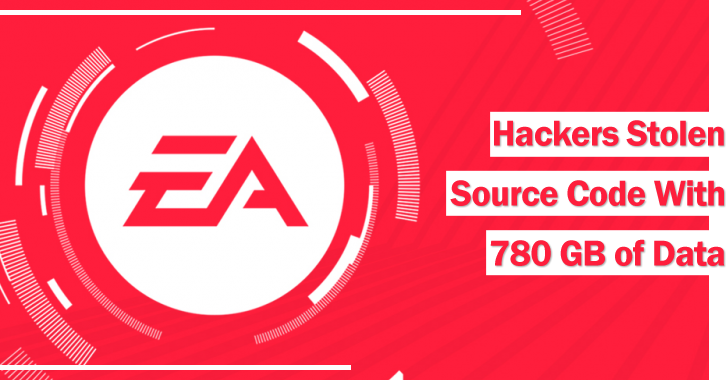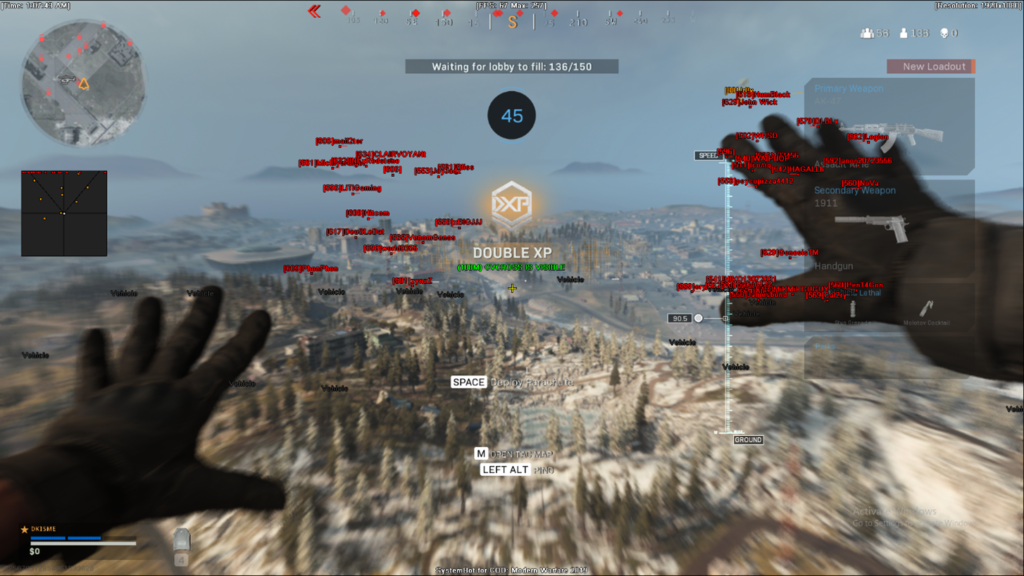On 06/10/21 major Esports software company, Electronic Arts (EA) was hacked. They are one of the biggest esports companies in the world. They count many major hit games including Battlefield, The Sims, Titanfall, and Star Wars: Jedi Fallen Order, in addition to many online league sports games; and they develop and/or publish many others. An EA spokesperson described game code and related tools as stolen in the hack and that they are still investigating the privacy implications. Early reports however indicated that a whopping 780GB of data was stolen (Balaji N, GBHackers On Security, 06/12/21).
Given this recent hack here is an updated overview of some of the esports cyber threats and mitigations.

Threats:
1. Aimbots and Wallhacks
As esports revenues and player prizes increase, more players will look for opportunities to exploit the game to gain an advantage over competitors. Many underground hacker forums reveal hundreds of aimbots and wallhacks. Prices for such tools start as low as $5.00 but go as high as $2,000. These are essentially cheat tools for sale but they are technically prohibited in official competitions (Trend Micro, 2019).
Aimbots are a type of software used in multiplayer first-person shooter games to provide varying levels of automated targeting that gives the user an advantage over other players. Wallhacks allow the player to change the properties of in-game walls by making them transparent or nonsolid, making it easier to find or attack enemies.
Fig 2. Wallhack Cheat For WarZone (May 6th 2020, Tom Warren).
2. Hidden Hardware Hacks
Some of the hardware used in competitions can be manipulated by hackers with ease. For each tournament, a gaming board sets the rules on what equipment they allow tournament participants to use. A lot of professional tournaments allow players to bring their own mouse and keyboard, which have been known to house hacks.
Case in point, in 2018 a Dota 2 team was disqualified from a $15 million tournament after judges caught one of its members using a programmable mouse – the Synapse 3 configuration tool. The mouse allowed the player to perform movements that would be impossible without macros, a shortcut of preset key sequences not possible with standard nonprogrammable hardware (Trend Micro, 2019).
3. Stolen Accounts and Credentials
Threat actors have been increasingly targeting the esports industry. They do this by harvesting and selling user ID and password data of both internal and external systems for esports companies. A study by threat intelligence company KELA indicated that more than half a million login credentials tied to the employees of 25 leading game publishers have been found for sale on dark web bazaars (Amer Owaida, Welivewellsecurity, 01/05/2021).
4. Ransomware and DDoS (Distributed Denial of Services) Attacks
Ransomware can come via phishing, smishing, spam, or via free compromised plug-ins. When installed on the gaming platform they lock everything up and force the host to pay ransom in the form of difficult-to-trace digital currency like Bitcoin. Interestingly, researcher Danny Palmer of ZDnet cited Trend Micro’s research when he described the marriage of ransomware and DDoS attacks as follows:
“Researchers also warn that attackers could blackmail esports tournament organizers, demanding a ransom payment in exchange for not launching a DDoS attack – something which organizers might consider given how events are broadcast live and the reputational damage that will occur to the host organizer if the event gets taken offline” (Danny Palmer, ZDnet, 10/29/2019).
Mitigations:
1. Use a VPN (Virtual Private Network)
VPN establishes an encrypted tunnel between you and a remote server ran by the VPN provider. All your internet traffic is run through this tunnel, so your data is secure from eavesdropping. Your real IP address and location is masked preventing IPS tracking as your traffic is exiting the VPN server. You can also more confidently use public WIFI with a VPN.
2. Use A Password Management Tool and Strong Passwords
Another way to stay safe is by setting passwords that are longer, complex, and thus hard to guess. Additionally, they can be stored and encrypted for safekeeping using a well-regarded password vault and management tool. This tool can also help you to set strong passwords and can auto-fill them with each login — if you select that option. Yet using just the password vaulting tool is all that is recommended. Doing these two things makes it difficult for hackers to steal passwords or access your gaming accounts.
3. Use Only Whitelisted Gaming Sites Not Blacklisted Ones or Ones Found Via the Dark Web
Use only approved whitelisted gaming platforms and sites that do not expose you to data leakages or intrusion on your privacy. Whitelisting is the practice of explicitly allowing some identified websites access to a particular privilege, service, or access. Blacklisting is blocking certain sites or privileges. If a site does not assure your privacy, do not even sign up let alone participate.

